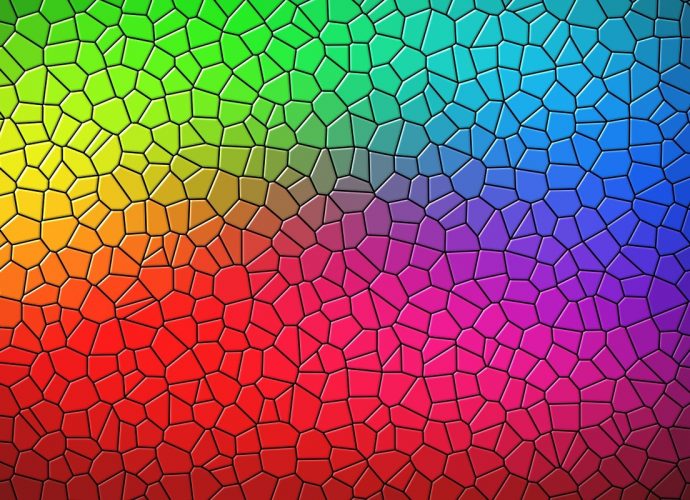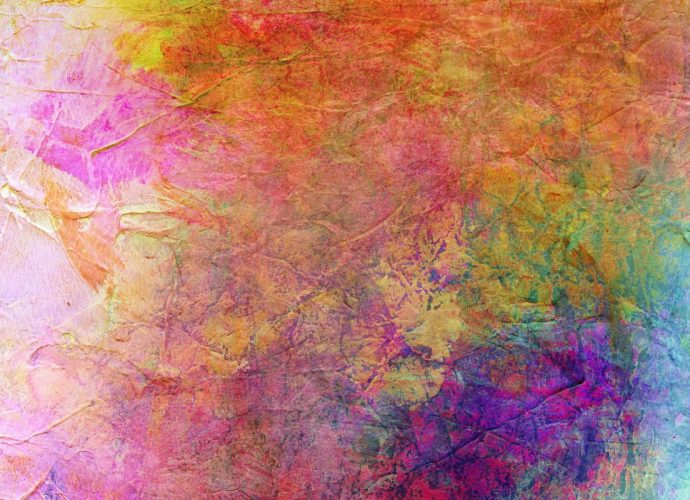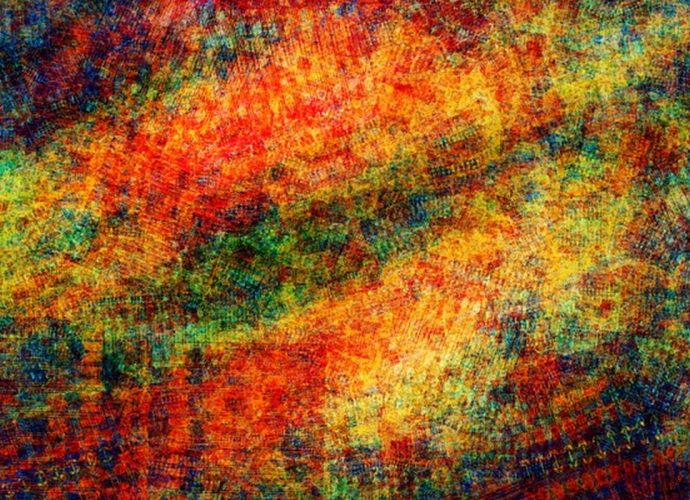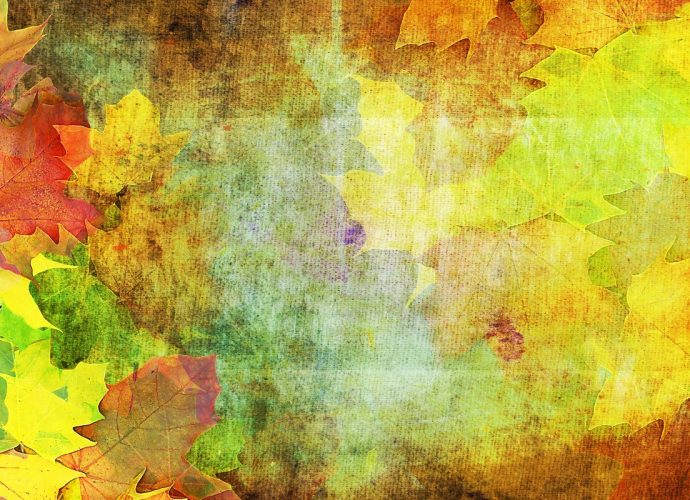Are Volcanoes Found In Subduction Zones?
Thick layers of sediment may accumulate in the trench, and these and the subducting plate rocks contain water that subduction transports to depth, which at higher temperatures and pressures enables melting to occur and ‘magmas’ to form. The hot buoyant magma rises up to the surface, forming chains of volcanoes.Read More →









